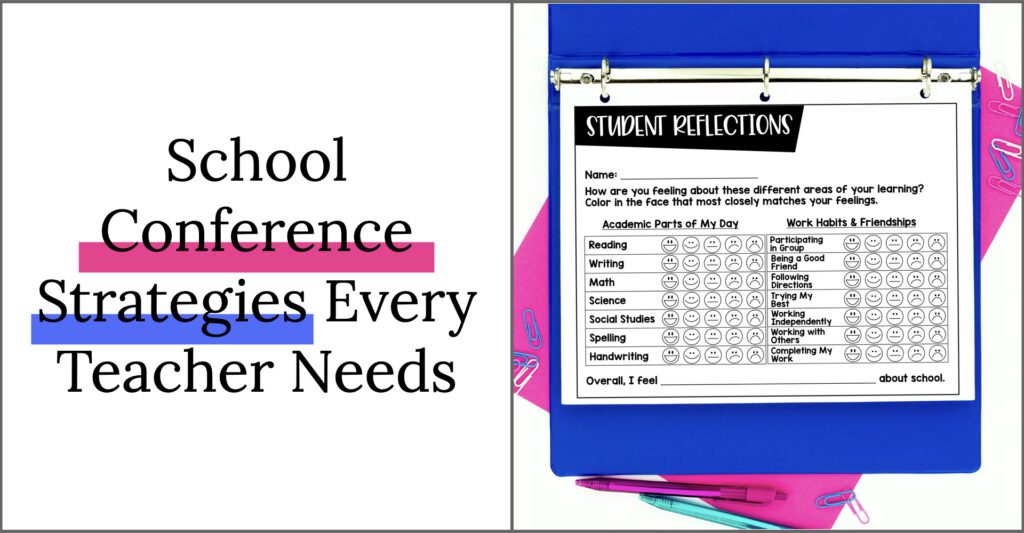
Whether you’ve been teaching for years or this is your first year in the classroom, there’s no doubt that finding the best strategies for school conferences can be overwhelming. As teachers, we love to be extra prepared and ready to help our students and families. With a full class of students and months’ worth of progress to share, how can we do it all?
After years of trying different strategies to help prepare for and run my conferences, I’ve come up with a few must-dos that have transformed my conferences. Today I want to share the school conference strategies that have made my conference times the most successful. I hope some of these ideas and strategies work for you and help you feel prepared to rock your conferences!
Form a Relationship with Families Before the Conference
My number one school conference strategy starts long before the conference dates are scheduled. I make sure that I’ve positively connected with EACH student’s caregivers well before they sit down with me at conference time.
Just like we build relationships with our students to build community, establishing relationships with caregivers is key to building trust for the entire school year. When caregivers know that we’re on the same team and have similar goals, it opens the doors for productive and meaningful conferences.
Communication Checklist
I hit the ground running on day one of school and start establishing those relationships. You might be thinking, “Preparing for conferences during the first weeks of school? Really Jillian?!” Yes, this school conference strategy is simple and requires just a few minutes a day. I keep a class list and check it off each time I make a positive connection with a caregiver. I share a positive observation or anecdote, like :
- Something brave or caring that their child did that day
- How a student helped a friend or the class
- Something that a student worked really hard on that day or week
The possibilities are endless!
This school conference strategy helps me to make sure that I reach out to each students’ caregivers within the first few weeks of the school year. I do this via phone, email, or in-person at drop-off or dismissal. Caregivers are so grateful for a positive update. It means so much to them to know that we see the good in their children. This practice also shows that we’ve got their student’s best interests at heart, and that we’re working in partnership WITH caregivers.
I also really love how this practice shifts my focus on the positive in students. Those first few weeks are busy and it’s easy to get overwhelmed with all the things to do. The checklist serves as a reminder for me to stay present and notice the great things my students are doing.
Consistent Classroom Communication
Regular, consistent correspondence is another under-the-radar school conference strategy. Classroom newsletters or other digital updates via educational apps really help caregivers feel informed and included. The nature of school days means that most caregivers are not checking in with teachers or visiting classrooms every day. And we know that many students respond “Fine,” to the question of “How was your day?”.
There are so many benefits to sending home a regular classroom newsletter! Newsletters can be a great way to:
- Increase the connections between home and school
- Give caregivers a glimpse into daily schedules and routines
- Preview events and academic topics coming up
- Share academic content and vocabulary
- Give updates about upcoming class events and projects.
I also include a few conversation starters like:
- “What math center did you work on this week?”
- “What was your favorite read-aloud this week?”
- “How did we set-up our experiment in science this week?”
- “What new game did you play in Gym?”
Sharing academic content information and classroom routines via newsletter or educational app means that I can focus on the specific child and their progress at the conferences, instead of recapping all of the topics we’ve covered up until that point.
*If you are choosing to include photographs of students or student work in your newsletters or digital updates, please make sure you have permission from caregivers and are aware of your school or district policy around sharing photographs.
Make Conferences Accessible
We are only one of the two or more people that need to be present at conferences. I can’t run a conference if a caregiver is not able to conveniently attend and meaningfully participate. When I started teaching, I noticed that some caregivers were consistently not signing up for conferences. I did my best to follow up and reach out and make sure they got in for a conference. But this got me thinking: What can I do when I offer conferences to make sure ALL caregivers can participate? To make this work, I had to think outside the box. This helped me to consider those hurdles and implement changes to make sure that all caregivers are included.
Offering Times to Support ALL Families
Many times we are given a conference time by our school. While it might be convenient to try and schedule all of our conferences within that block of time, we can’t assume that those times work for everyone.
Along with our school’s set conference times, I also offer conferences before school or after school, and on other days. Before I had kids I would offer early morning and late evening times over several days. These days, that is simply not possible, so I pick one or two days where I can get support with my own kids. Then I can include more variety in the conference times that I offer.
Expanded Options for Conference Modes
With caregivers’ varied schedules, commitments, other children, and transportation constraints, I love to be able to offer an alternative to in-person conferences. Offering a phone conference or Zoom conference option for caregivers opens up conferences to those that otherwise would not be able to get to school to meet in person. And with the magic of technology, I can still share student work through Zoom. Caregivers still get those visual examples of progress and goals. Caregivers who balance multiple jobs, work long shifts, or are without transportation, deeply appreciate the opportunity to connect ‘in person’.
Home Language Support
Making sure that ALL of my students’ caregivers feel comfortable and able to participate in conferences is extremely important. By the time conferences roll around, I know my students and their families. I have an idea of which families would need or feel more comfortable with a translator to support our conversations.
*If you are unsure about which services are offered by your school or district, check in with your principals, administrators, or EL teachers ahead of conferences. You might be surprised to find out about services that you can access for students and their caregivers. If your district is like mine, you’ll want to schedule these early, as sometimes translators in a district have a limited schedule or are shared among schools, or you may need someone to support you in signing in to a digital/ telephone translating service.
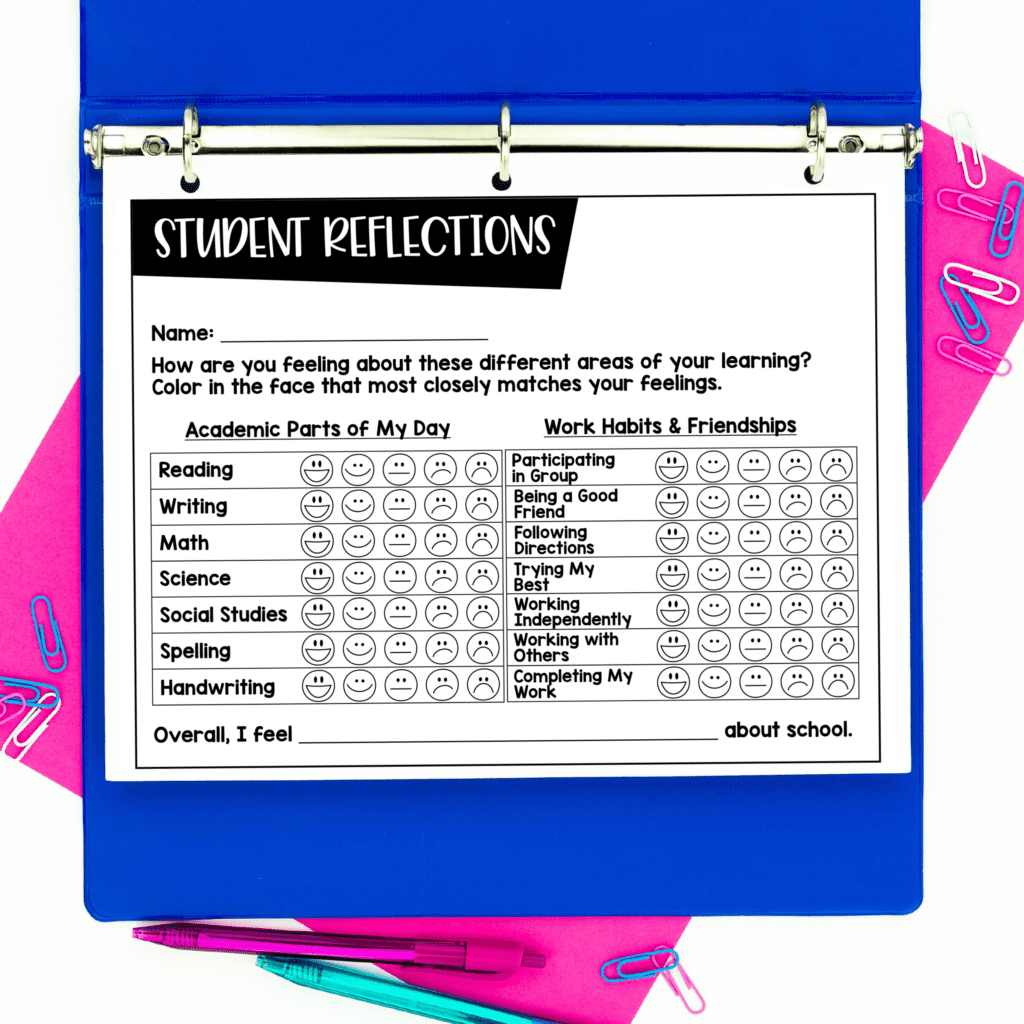
Involve Students and Caregivers in the Conference Process
Conferences are a time for me to share data, observations, celebrations, and goals with caregivers. But that’s not all! Conferences are an active conversation among all stakeholders: students, their caregivers, and their teachers. Another school conference strategy that I plan ahead for is including students and caregivers in the process.
Student Voice at Conferences
While students may not physically be in the room at our conferences, I make sure they have a voice in our conversations. In the week or two leading up to conferences, I talk with my students about upcoming conferences. We talk at Morning Meeting about what conferences will look like. I explain how my job is to share their strengths and goals. And to do this I need their help!
I make time either as a whole group or in small groups to have students reflect on their progress and feelings about school over the past few months. Completing a student reflection allows my students to share how they feel about the parts of our day and reflect on their learning, strengths, and goals. I love doing this activity with my students! I learn so much interesting information about their perspectives about their learning and their feelings about school in general.
Students also pick work samples for me to share with families. Often times the work that I chose to share, may not be the same work that students feel that they worked hard on or made great progress with. It’s always a fun day when we pull out our work from the past few months. Students love looking through their work and sharing their observations!
I ask students to select work that they are proud to share. Together we look through their work and they choose 4-5 pieces of work they’d like to share with their family. Depending on the grade level and point in the school year, sometimes students add a sticky note or a brief description about why they’ve chosen each piece to share.
Caregiver Input
I also offer caregivers the opportunity to share what they’re hoping to discuss prior to the meeting. A week or two before their scheduled conference, I send home a short questionnaire and I include the date and the time of our conference as an extra reminder. I include just a few questions for caregivers:
- How does your student feel about school?
- What areas of growth have you noticed?
- Do you have any concerns about your student’s progress thus far?
- Which topics would you like to discuss?
This school conference strategy gives me insight into caregivers’ perspectives, observations, and concerns. By getting these returned prior to conferences, I am able to think ahead about my possible responses to their concerns or gather more information or check in with colleagues if I need more information to answer their questions. This way, these questions, and concerns don’t catch me off guard during our conference and I am able to come to the conference prepared to discuss these topics.
Stay Organized By Collecting Data
Data, data, and more data. There is so much to talk about at conferences!
While data is one important way to show progress, it is also an important piece of evidence to share when talking about gaps in understanding and learning goals. There will be times when we have to talk about hard things with families. When I need to have a tricky conversation, data will help. Having data and work samples on hand makes these conversations less subjective and gives families a visual to go along with the progress we’re sharing.
I make it a point to always have data on hand to demonstrate students’ strengths and student growth. This can be great to highlight, especially if I have a challenging conversation with caregivers ahead. This data is also great to share progress with a new content area or new area of interest for a student, or in areas where students may have struggled in the past.
Contain ALL that Data in a Savvy System
In order to have all this great data, I needed strategies to collect and keep track of this data! Cue: Reading binders and Math journals.
After years of trying different systems, I have found these to be an invaluable way to easily collect data and refer back to it during conference and report card times.
By keeping track of my guided reading notes, student literacy center work, and targeted math prompts, I am able to pull a students’ binder or math journal and have that progress ready to share with caregivers. This school conference strategy keeps all of that progress in one easily accessible place! An added bonus with these systems: my students are able to look back through their work and identify their own areas of growth.
Organize ALL those Papers!
I’ve found that using a file box or milk crate works great for this school conference strategy. Prior to conferences, I collect everything that I want to share with caregivers during our conference:
- Work samples (selected by students and selected by me)
- Student conference reflection
- Caregiver form
- Math Journals
- Reading Binders
- My notes
I organize all of these items into a file folder labeled with each student’s name. Then at conferences, I grab the students’ folder and can lay out the information as we discuss it. Having these visuals available for caregivers is so helpful when discussing the things that we work on in class and the areas of strength I observe and the goals I’m working on with students.

Plan Ahead… and Write It Down!
One more school conference strategy that I use to set myself up for successful conferences is to plan ahead. In my early days of teaching, I often fumbled around for answers and anecdotes or didn’t have the data at hand to back up the suggestions that I was sharing. This left me overwhelmed leading up to conferences and frustrated that I didn’t provide caregivers with the clearest information that I could. I knew there must be a better way to make sure that I was sharing data and progress objectively. I turned things around pretty quickly and developed ways to pre-plan for my conferences.
You might be thinking, I can’t possibly add one more thing to my plate! And I hear you. This school conference strategy does not need to take a lot of time and can work double-time for you in other ways. I’ll show you what I mean.
I use a Conference Notes Template to gather my thoughts ahead of time. Here I write down student strengths and goals. I make a few notes about the student reflections that we did prior to conferences and add notes from the caregiver form. So everything that all parties want to talk about is right there on one page.
Depending on the year, sometimes I write this up nicely and send it home with caregivers as a recap of our conference, while other years I keep the notes on a clipboard as a guide for me. This form also helps give me a structure to the conference, so I’m not left wondering what we should talk about next.
But filling out another form?! Where is the time for that? If you’ve been following along with the school conference strategies so far, you’ll notice I’ve already gathered the work samples, data binders, and journals. As I’m putting those materials into the file bin, I’m reminded of student strengths and goals, so I can jot those down right there. I can write down student reflection takeaways as we work on those. And I add the caregiver questions and concerns as those come in. It’s a process that happens over a few weeks as I gather each of those items, so I’m not pulling out all of those pieces out multiple times to review and take notes.
Another great bonus about this school conference strategy is that I’ve got all of this information on one page ready to go when I need to think about report cards or meetings around student services! Of course, it’s not all the information I need, but it saves me the time of going back and gathering all of that information a second time.
I’ve found it so helpful for me to think about these things ahead of time. Sometimes I still get nervous talking with caregivers and feeling like I won’t remember all of the information. Looking at the work as I put it in the file and preparing conference forms ahead of time keeps this information fresh in my mind. It encourages me to think about goals and strengths so I’m not caught off guard.
Make the Most of Every Moment
Now that we’ve talked about strategies that frontload conferences for success, let’s look at some strategies to use during conferences.
Keep Track of Time
In my first years of teaching and running conferences, I wanted to make sure that caregivers were able to share ALL of their concerns. On top of that, I wanted to share ALL THE THINGS. You can guess that this did not go smoothly; conferences ran late, I was focused on the time and not the conversations, caregivers were late for sibling’s conferences…
Really quickly, I needed a new strategy. I needed to set some boundaries on time. For everyone’s sake.
Cue one of my favorite classroom tools: The Time Timer. I set this timer on the conference table. At the beginning of the conference, I say to families, “There are so many things to talk about today, this timer is for me. I want to make sure that we have time to talk about everything and we have time to address your concerns”. I keep it light and we all appreciate staying on track.
Leave Time for Questions… And Write Them Down!
I make sure to leave a few minutes at the end of each conference for additional family questions. Hopefully, with the help of the caregiver form, I’ve been able to address many of their concerns and questions already. But conversations always lead to new questions and ideas. I let caregivers know at the beginning of our conference that we’ll save time for questions at the end.
Sometimes, we get questions that we weren’t expecting, or that we don’t know the answers to. This used to catch me off guard as I felt like I had to give a definitive answer in the moment. Sometimes caregivers have a question about a resource or service that I don’t have the answer to. Other times there are new questions or concerns that I need support with or extra time to consider.
Over the years, I’ve learned that it’s ok to say I don’t know the answer to something. It is much better to offer to look into something or reach out to a colleague than guess at an answer that I’m unsure of.
I write down questions and keep my conference notes on a list so that I remember all that has been shared. Talking with so many families, there’s no way I could remember all of these without a list!
I hope these school conference strategies help you feel ready to rock your conferences. I can’t wait to hear which strategies you find helpful. If you have any questions or suggestions, please let me know! I love hearing from this community.
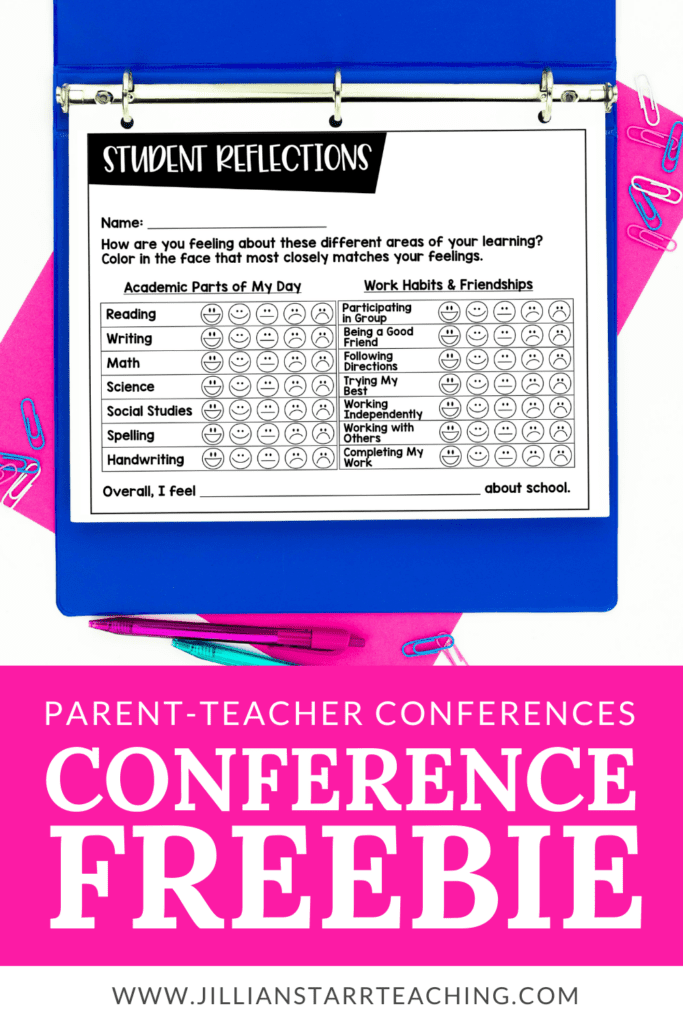

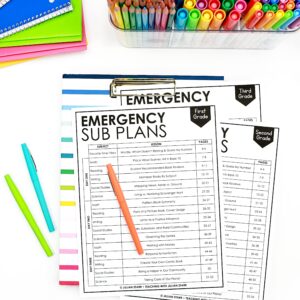

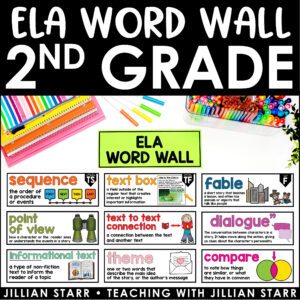
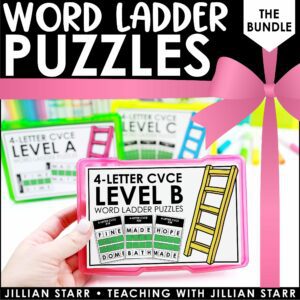
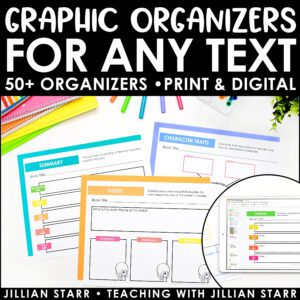
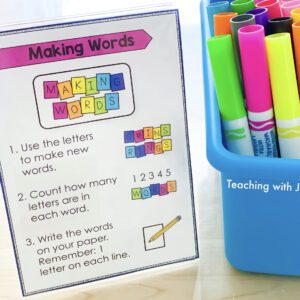
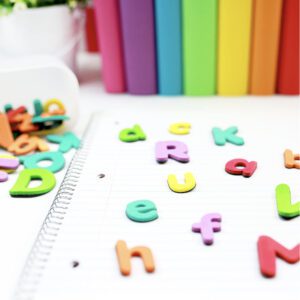



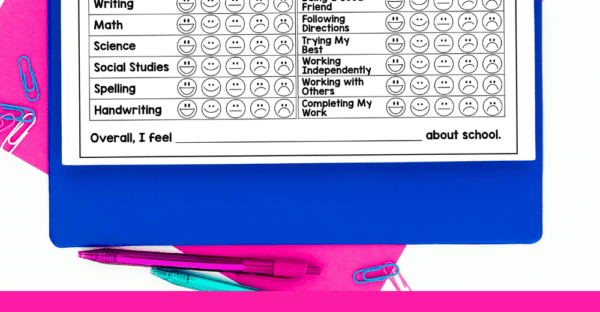
These resources look great!
These resources will definitely come in handy when I conduct Parent Conferences this week.
WOW!!! This is awesome – I was thinking about how much time this must have taken you. I really appreciate your willingness to share your expertise, suggestions, and materials. I encourage all new teachers to read this blog – veterans like me can always use a refresher – and new ideas – so it’s helpful for all educators.